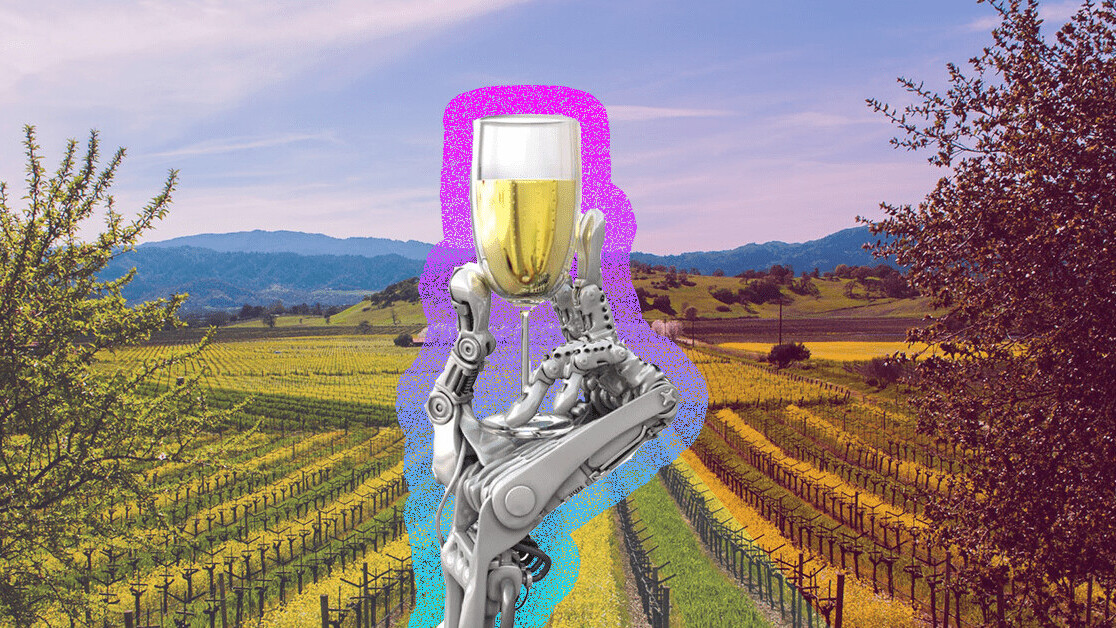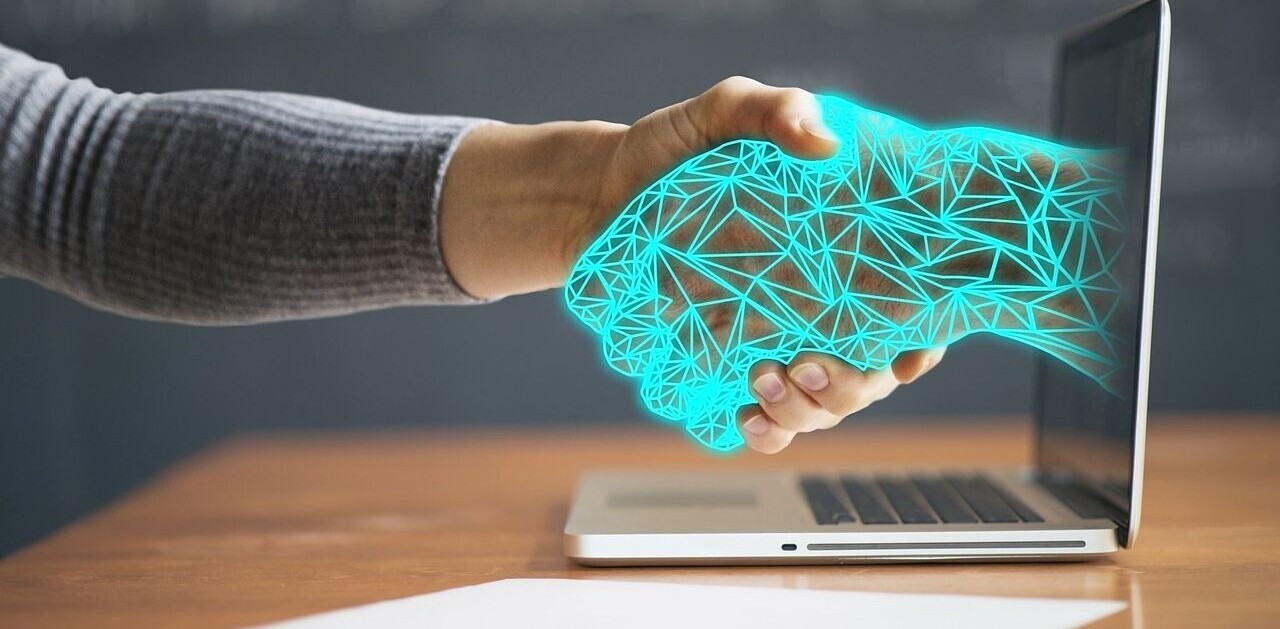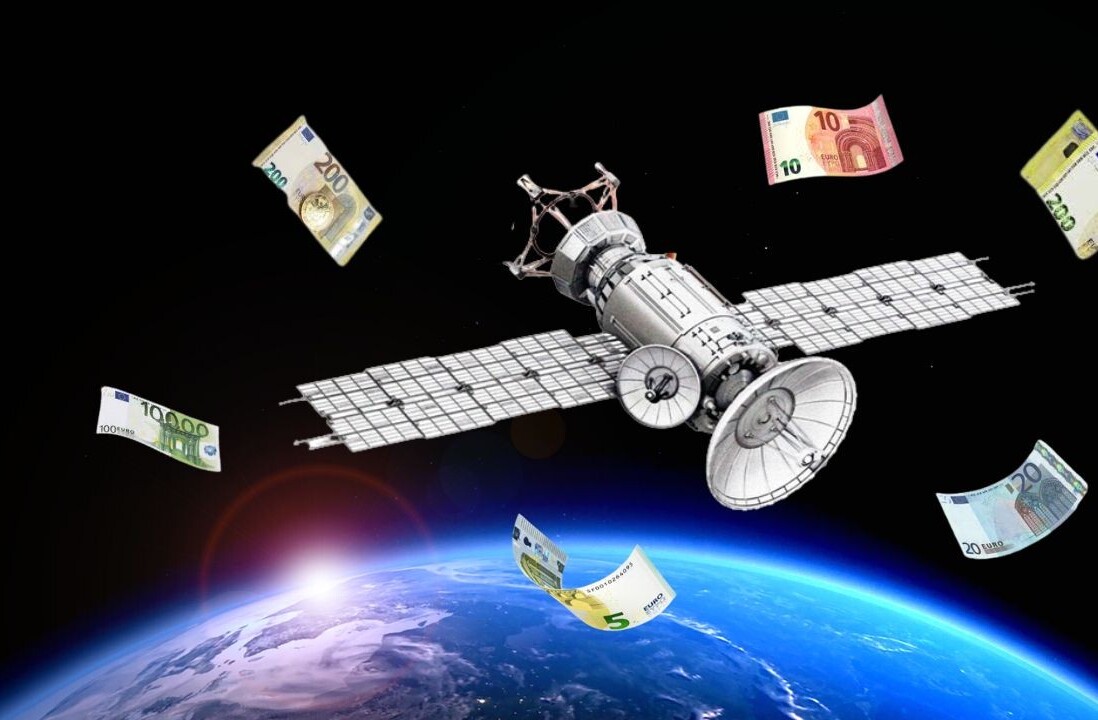Like interwoven grape vines, the story of wine is laced throughout recorded history, dating as far back as China in 7000 B.C. The Egyptian pharaohs were said to have had a taste for the stuff. It was a central part of the culture in ancient Rome.
Artificial intelligence (AI) traces its history to the 1950s with Alan Turing and the Dartmouth Summer Research Project, and only in recent years has it emerged as a technology poised to impact society on par with the industrial revolution in terms of eliminating whole job segments such as truck drivers. The big question is will it create as many new jobs as it eliminates.
You wouldn’t think one has much to do with the other, but as both an AI entrepreneur and an avid amateur winemaker, I sometimes find myself musing about how my two passions relate to each other. So please allow me to raise a glass (a proverbial one since it’s the middle of a weekday) and share some observations.
[Read: Darktrace’s co-CEO on trusting AI to fight cyberattacks on our behalf]
Winemaking pairs surprisingly well with AI
There are many things AI will never be able to do at least in my lifetime – make good music, perform a funny stand-up routine, or write this article, to name just a few – but in fact it can act as a virtual vintner.
Similar to how statistics change the game of baseball, winemaking is the kind of data-intensive enterprise that’s right up AI’s alley. Weather, grape genealogy, soil quality, the fermentation process, and many other variables all come into play. It’s a large amount of data ripe for AI algorithms to identify patterns and learn from.
I’m fascinated by some of the wine-related AI applications that have been sprouting up around the world recently. These include AI-powered drones and other machines that can help with soil management and pesticide use, a software program that prescribes the best course of action based on factors like temperature and inventory, an application that tries to predict wine scores, and virtual sommeliers that recommend the right wine to drink with certain dishes.
As a maker of one barrel (60 gallons) of Cabernet Sauvignon and Syrah each year at my home in the Bay Area, I’m not large enough to use these apps, but I can see a day coming when they’ll become more affordable and accessible to a small grower like me.
And, who knows, perhaps AI will eventually solve one of wine’s greatest mysteries: Why can you go to France, Italy, or Spain and get good wine so cheaply? Will AI help us in that search for that special bottle of wine?
Building an AI-powered system is a lot like winemaking
I’m not sure how many wine drinkers grasp the complexity of the steps that got that red or white elixir from the vine to their glass. There are a lot of moving parts, and all of them matter – weather, soil nutrients, when the grapes were picked, the pH level, the Brix, or °Bx, a measurement of the wine’s potential alcohol content by determining the sugar level in grapes, the qualities of the barrel, and so on.
Similarly, building an AI-driven wireless network (which is my day job), must account for all the network features that decide whether a mobile device user has a good experience or a poor one. In today’s world of always-connected offices, stores, hotels, college campuses, you name it, it’s become extremely inefficient if not impossible for humans to manage these networks and assure fast, reliable connections manually.
So in the same way that AI can lend an assist in the multi-faceted process that determines a wine’s drinkability, its automation and self-learning capabilities can be invaluable in shaping IT’s usability.
I must add: Luckily making good wine is harder than making a good wireless network.
AI brings science to an art
Winemaking is often described as an art, but it’s also fundamentally a science. (Why do you think they call it oenology?) AI just adds to the science part in new, innovative ways.
A good analogy is Major League Baseball’s adoption of data science techniques as described in “Moneyball,” the 2003 book and 2011 movie about Oakland A’s general manager Billy Beane and his analytical approach to building a winning team despite player salary limitations. Before, baseball was considered an art, with teams assembling rosters based on instinct and intuition.
In the same way, AI can supplement a winemaker’s skills and knowledge with insights they never could achieve on their own. And the same goes for AI in IT, where, in my view, it shouldn’t necessarily be used to replace humans but to free them from mundane tasks so they can focus on more creative and strategic activities.
So as you see, wine, wireless, and AI have more to do with each other than you might have thought. Cheers, my friends!
Get the TNW newsletter
Get the most important tech news in your inbox each week.






